It’s high-time I come clean. I could always go for an herbal refreshment.
Full disclosure: I’ve hardly gone a single day this winter without one.
Y’all know what I’m talking about. Herb, those hyper-potent, dense-green stems and leaves that can be found far and wide. Weed, or “a plant in the wrong place” that grows in dewy patches during Spring. Pot, with which you cook the fresh leaves into a nourishing soup.
Sweet stinging nettle, you’re chronic.
(We were all talking about Nettle, right?)
Right. Stinging nettle, or, for ye Latin lovers amongst us, urtica dioica, is a major herbal ally for me. Yes, I said it, herbal ally, or an herb that you’ve found (or often enough, that has found you) to hold a kind of nourishment that is particularly beneficial to your kind of healing.
Nettle is an herb that has grown in every single country I’ve traveled. Two summer’s ago, after discovering Susun Weed’s Healing Wise–a delightful take on the restorative qualities of seven common herbs that are sometimes called “weeds”–I learned all the ways in which nettle is oh-so-nourishing for me, specifically me with almost every one of my ailments–arthritic fingers, weak veins, eczema–addressed by this plant. You can imagine my bemusement, when, last year, in Vancouver, I ended up renting a place with a garden with a planter filled with nettle, just as the seasons shifted to Spring (prime-time for the harvest of nettle’s stems and leaves).
During winter, when fresh nettle is a dream of sunnier days, I stay in touch with this ally through infusions of its dried leaves. Yes, infusions, not tea. The herbal tea you’re thinking of–bag steeped for two, at most ten minutes–is a world’s away from this herbal refreshment: one steeped for a minimum of four hours with a resulting liquid that is dark and thick, nearing syrup, and containing all of the nourishing properties that that herbal tea (or cup of warm, flavored water) lacks.
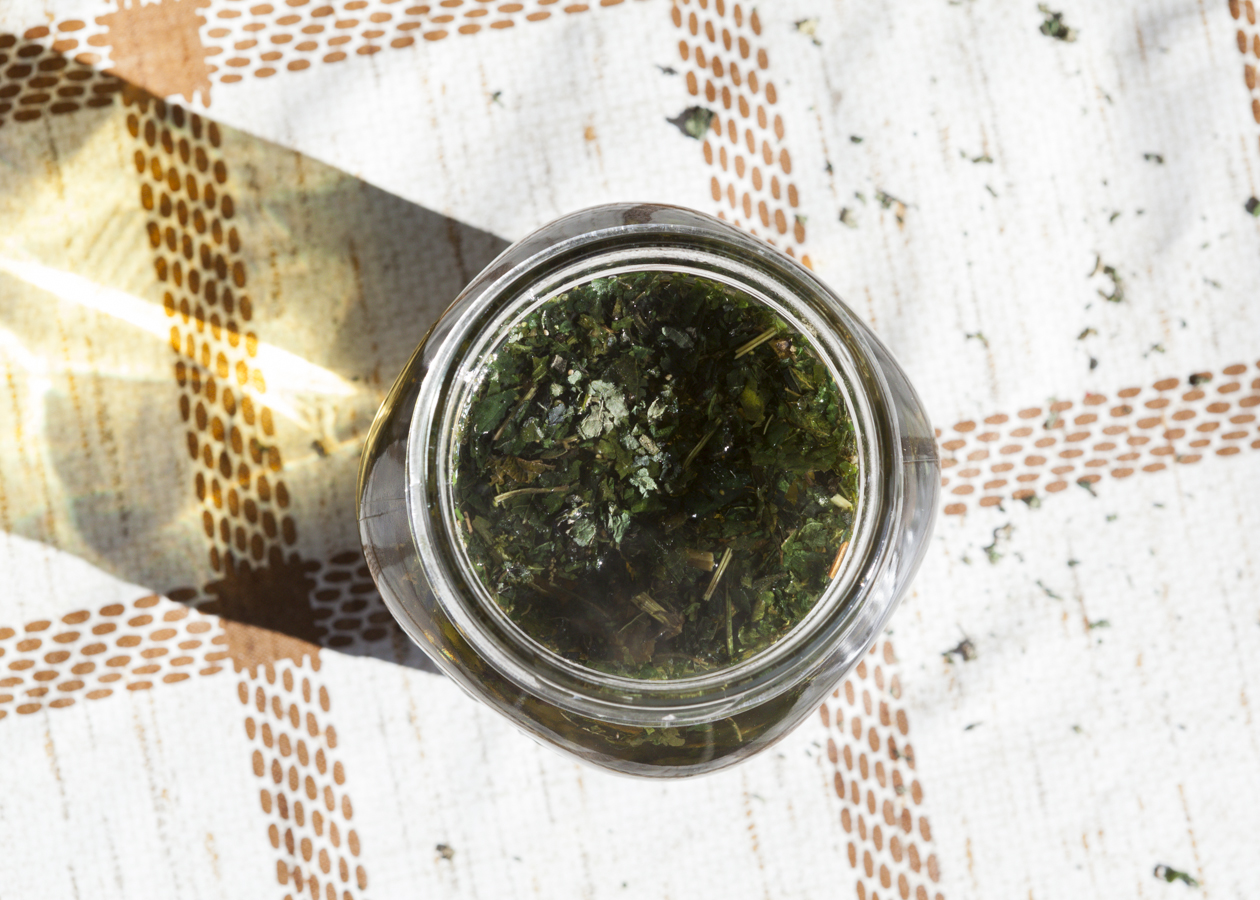 Nettle is a profoundly nourishing herb. It’s high content of nutrients like protein, Chlorophyll, vitamins A and K, the B-vitamins, Calcium, Magnesium and trace minerals Zinc, Chromium, Copper, Coblat, Iron, Sulphur, Silica are bioavailable meaning they’re readily absorbed by all soft tissue and working fluids in our bodies, increasing the ease and efficiency in which our circulatory, endocrine, nervous, urinary and immune systems function (Weed, 172).
Nettle is a profoundly nourishing herb. It’s high content of nutrients like protein, Chlorophyll, vitamins A and K, the B-vitamins, Calcium, Magnesium and trace minerals Zinc, Chromium, Copper, Coblat, Iron, Sulphur, Silica are bioavailable meaning they’re readily absorbed by all soft tissue and working fluids in our bodies, increasing the ease and efficiency in which our circulatory, endocrine, nervous, urinary and immune systems function (Weed, 172).
Nettle is mainly known for its action as an antiallergenic, treating symptoms of hay fever, asthma and eczema, but its healing prowess is far vaster than that. It is, as Weed terms, a kidney and adrenal ally, a digestive restorative–for ailments ranging from stomach ulcers to constipation to hemmorrhoids–, a respiratory strengthener, a women’s ally–in reproductive and hormonal systems–, an energetic changer–Weed purports that nettle’s sharp energy “cuts loose old patterns and reweaves connections” (Weed, 173).
Nettle is like many other healing herbs. In order to benefit from its properties, you must consume a lot more of it than that herbal tea bag would lead you to believe. Like the cases of other nourishing herbs–say, cinnamon or ginger (yep, they’re considered herbs)–one teaspoon or one bag of Yogi tea will not have the, in cinnamon’s case, blood-sugar stabilizing or, in ginger’s case, arthritis-healing effects that a larger amount, taken daily will.
Nettle is gentle. On our bodies and on our Earth (because unlike say, cinnamon or ginger, it doesn’t have to be shipped to you from miles afar. It doesn’t have to be cultivated. It grows wild, perhaps even in your own backyard.) In the way that it heals, on a cellular level, bringing change over a long period of time. It’s exactly the kind of ally that I adore: daily nourishment from surrounding abundance.
I spent this past week in the mountains with my belle-famille for Geneva’s snow-break (a week-long holiday #Switzerland4thewin). Of course, I brought along a bag of dried stinging Nettle to provide my in-laws with my favorite herbal refreshment. My brother-in-law (salut Tanguy!) took a particular shine to it and I hope you do, too.
Ingredients
- 1 ounce, or four full handfuls, of dried nettle
Directions
- Place ounce of nettles into a sealable glass vessel (I use a quart-sized mason jar).
- Pour hot water into jar until full and seal.
- Steep for 4 hours minimum, or overnight.
- Strain into clean jar and store in refrigerator (important, as the Nettle can spoil if left warm).
- Drink liberally throughout the day, everyday.
Do not add honey to your infusion. It's the opposite of pleasant.
Nettle is far tastier served cool than warm.
I’ll leave you w/ this mountain artifact. Happy herbal-allying, friends!
References:
Weed, Susun. Healing Wise. Ash Tree Publishing, Woodstock, NY. 1989
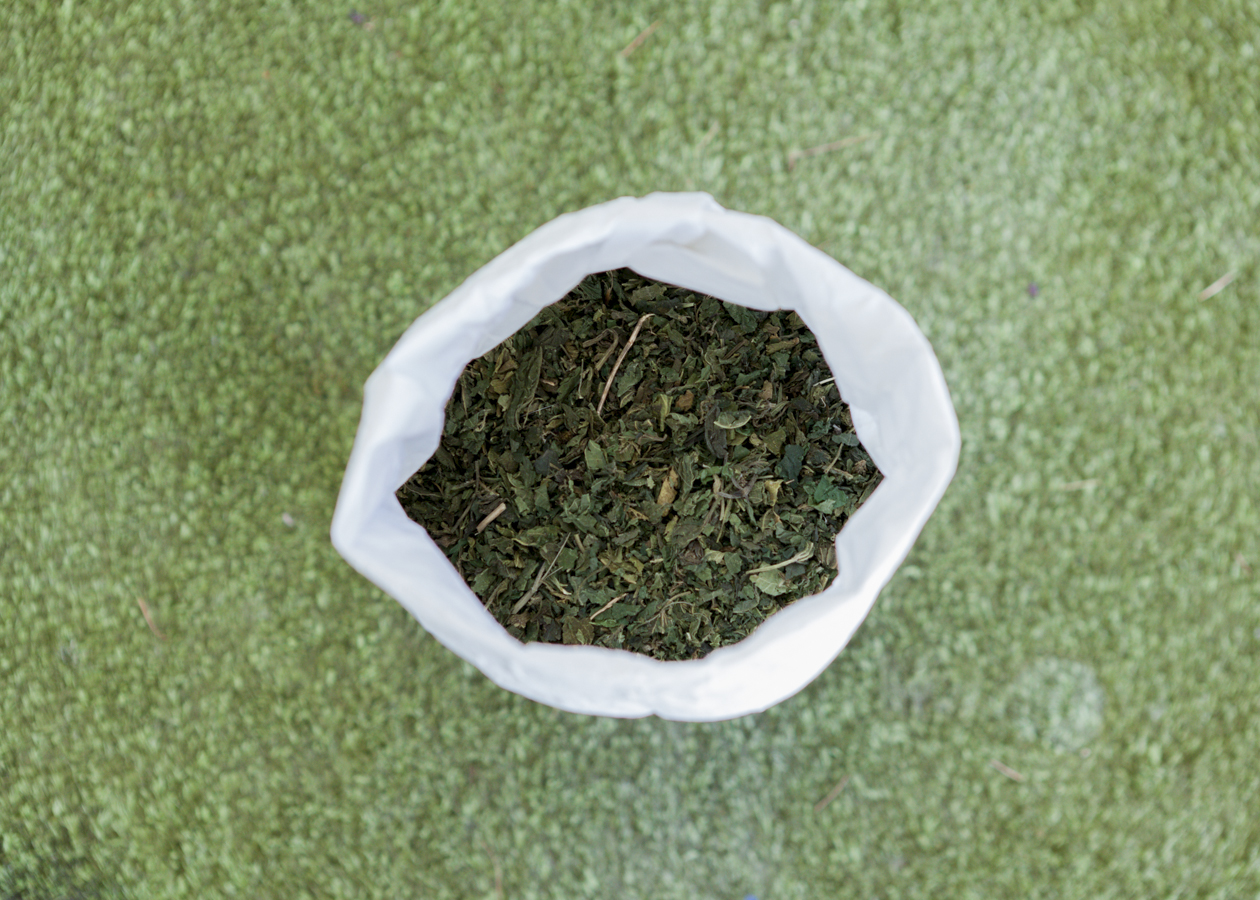
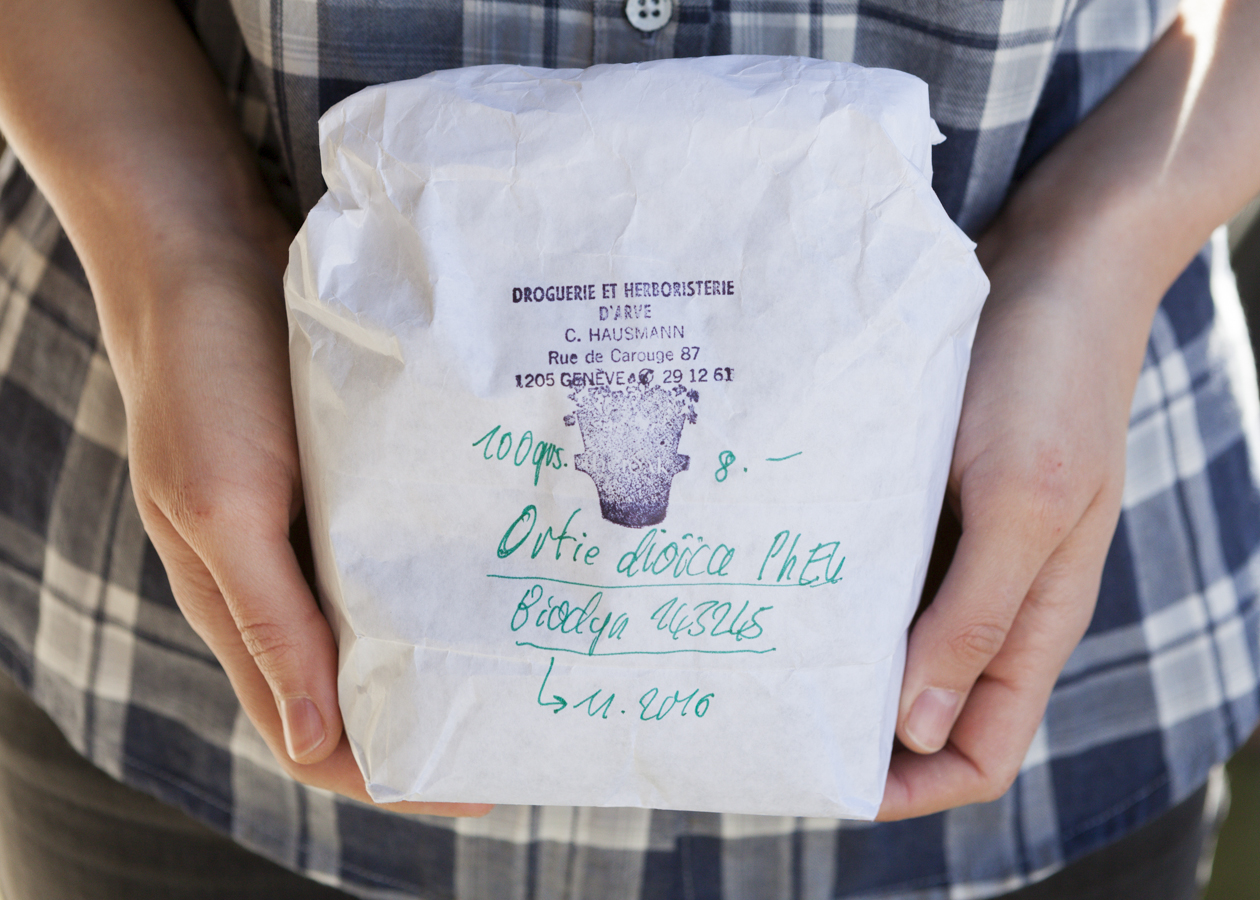
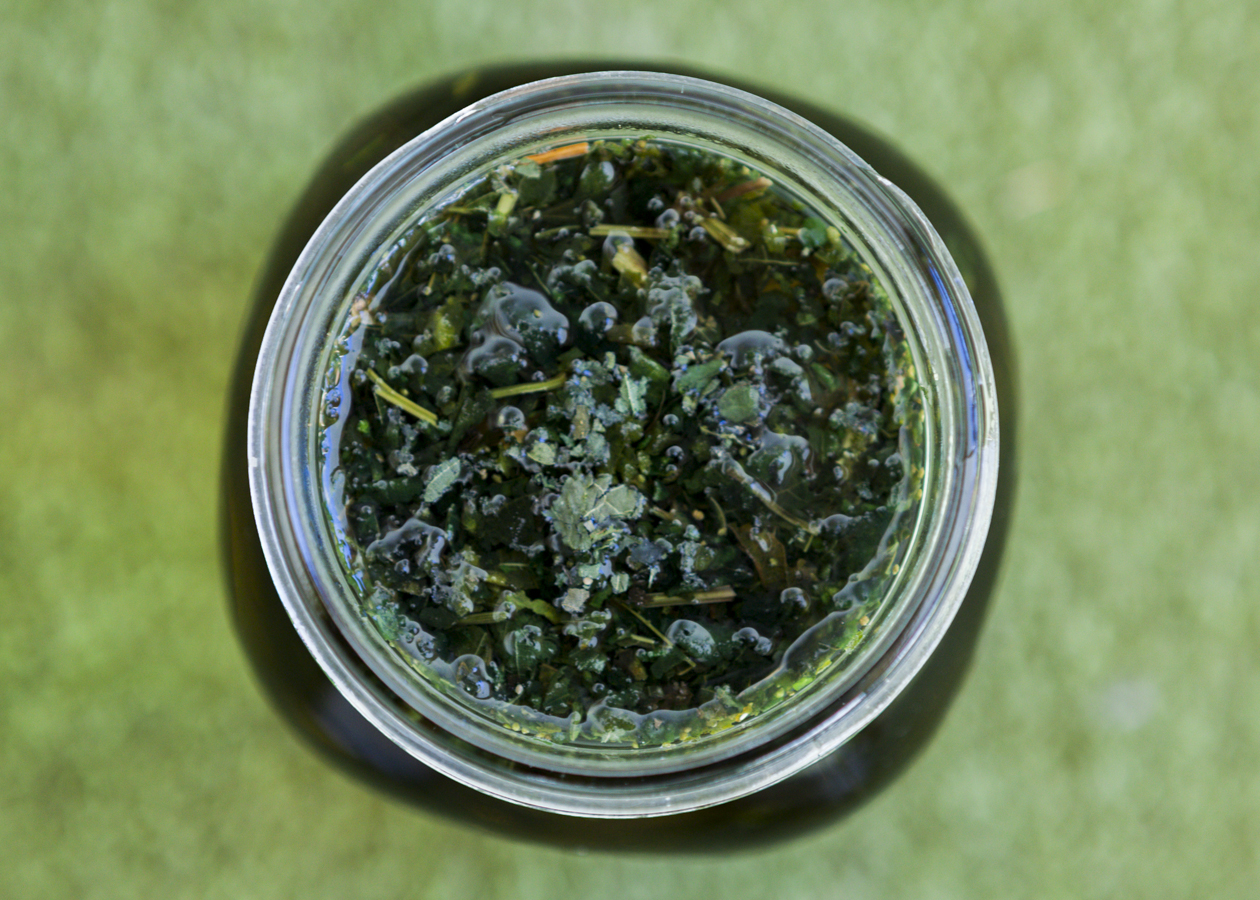
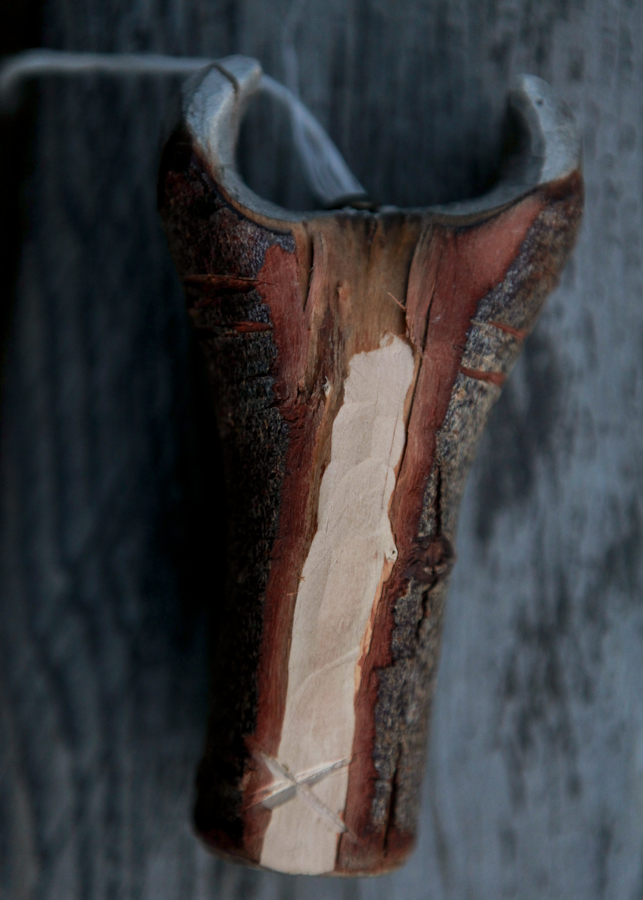
Lauren everything you write about lines right up with my life! Here in Spain I found an awesome giant path of wild nettles and I am drinking some right now!!!
Muffin! That’s incredible! I’m drinking a cold glass, myself (from our “herborist” friend) & am feeling quite refreshed. I miss you & love you & would also like to add that perhaps this wild nettle patch found YOU 😉
Hi Lauren! How long does this infusion keep for in the fridge?
Don’t want to drink spoiled !
Hi dear!
Infusions will keep for 24-48 hours in the fridge. I usually water my plants with them by the end of the second day.
Happy infusing! 🙂
I am going to be in the hospital for surgery for about two weeks. Would be helpful if I could freeze my infusions and take them with me … since making the infusions there probably won’t be possible. Will freezing the infusion ruin it? Thanks.
Hey Rebecca,
Unfortunately, freezing the infusions would denature some of their magick (micro-nutrients, specifically). Is there any way you could bring a bag of herbs with you and ask a nurse to prepare them for you? You could even measure out the plant material before hand, so it would be just like making a tea?
Hope that’s helpful and hope you have a peaceful recovery.